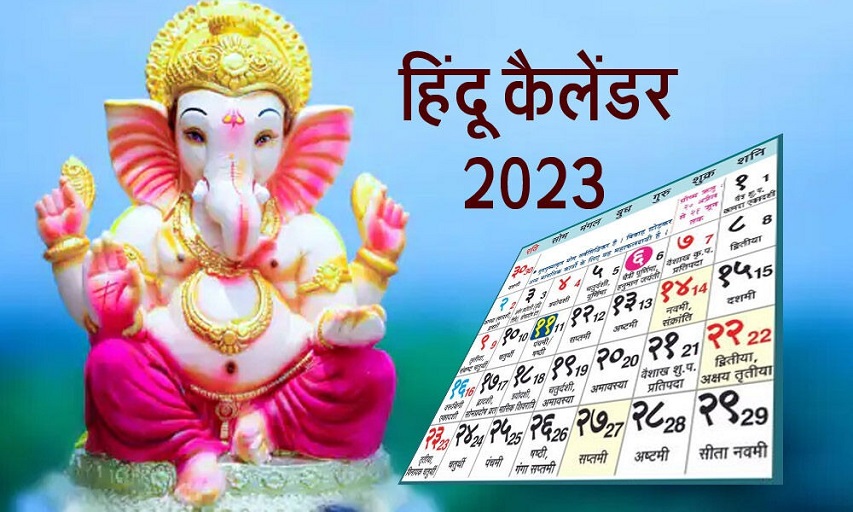The Hindu calendar, steeped in ancient tradition and spiritual significance, is a lunisolar calendar that finds its roots in the rich tapestry of Hindu cosmology and religious practices. It is a testament to the intricate interplay between celestial movements and earthly rituals, serving as a guide for both religious observances and everyday life.
This traditional calendar, known as the Panchang, is structured around the positions of the sun and the moon, incorporating both solar and lunar months. It consists of twelve lunar months, each beginning with the new moon and lasting roughly 29.5 days. These months are further divided into fortnights, known as Paksha, with each Paksha spanning fifteen lunar days.
The Hindu calendar encompasses various festivals, religious observances, and auspicious occasions, providing a comprehensive framework for the timing of rituals, ceremonies, and celestial events. It plays a vital role in determining the dates of significant Hindu festivals and auspicious times for performing sacred rituals, including weddings, housewarming ceremonies, and other important life events.
Moreover, the Hindu calendar reflects the cultural diversity and regional variations within the vast landscape of Hindu traditions, with different regions often following specific regional adaptations of the calendar. Each region might have its own set of festivals and observances, adding a colorful tapestry of cultural festivities and spiritual practices to the already diverse calendar.
One of the distinguishing features of the Hindu calendar is its adherence to the concept of Muhurta, which involves identifying auspicious timings for commencing new ventures, ceremonies, or any significant activities. This meticulous attention to auspicious timing reflects the belief in the interconnectedness of cosmic energies and earthly endeavors, emphasizing the importance of aligning actions with celestial harmony.
The Hindu calendar not only serves as a timekeeping system but also embodies a profound spiritual and philosophical dimension, encapsulating the cyclical nature of life, death, and rebirth. It emphasizes the cyclical patterns of creation, preservation, and dissolution, symbolizing the eternal rhythm of the universe and the interconnectedness of all existence.
In contemporary times, while the Gregorian calendar is widely used for administrative and business purposes, the Hindu calendar remains deeply ingrained in the fabric of religious and cultural life, serving as a cherished link to ancient traditions and spiritual heritage. It continues to inspire reverence and devotion among millions, fostering a sense of unity and cultural identity across diverse communities and regions.
The Hindu calendar stands as a testament to the profound synthesis of cosmic wisdom, religious observances, and cultural practices, exemplifying the enduring legacy of Hindu civilization and its timeless spiritual traditions. It serves as a sacred guide, illuminating the path of spiritual growth, cultural celebration, and harmonious living for millions around the world.













